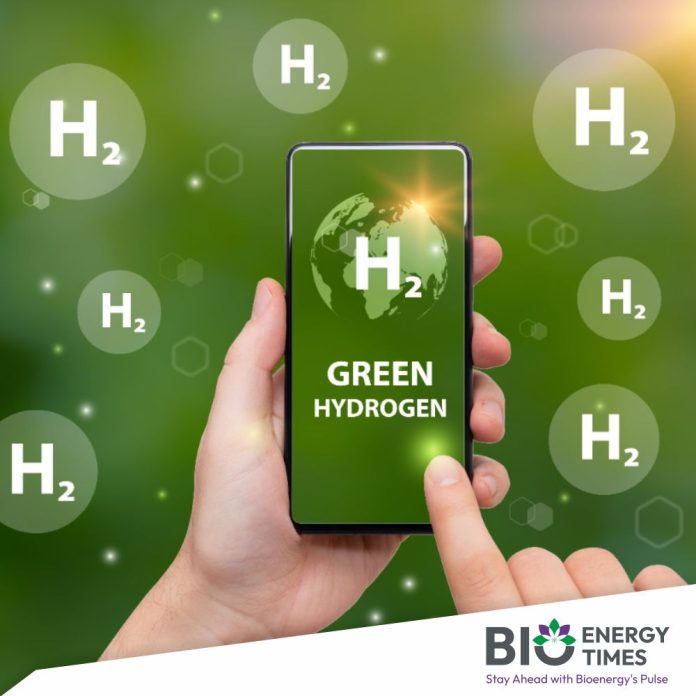The Central Electricity Authority (CEA), in partnership with state-owned energy and power companies such as GAIL, IOCL, and NTPC, is undertaking a feasibility study to assess the potential and cost implications of transporting green hydrogen via pipelines from renewable energy zones to ports. This study aims to address both domestic demand and export opportunities, reported The Financial Express.
As per media report, Ghanshyam Prasad, Chairperson of the CEA, highlighted that green hydrogen requires significant power. There are two main approaches under consideration: transmitting power from Rajasthan to port areas or utilizing pipelines. A team including GAIL, IOCL, CEA, and NTPC has been assembled to explore these options due to the challenges posed by extensive transmission lines. As an alternative, a green hydrogen pipeline could potentially provide a more cost-effective solution for meeting domestic and export needs.
Prasad mentioned that a pilot study conducted by the CEA team, examining the transport of green hydrogen between Rajasthan and Paradip port, suggested that pipelines might be a more economical option compared to transmission lines.
He acknowledged the significant challenges in meeting requirements and providing transmission infrastructure, emphasizing the need to focus on distribution to ensure that renewable energy is efficiently absorbed and optimized.
Currently, green hydrogen is converted into green ammonia for transportation. Despite the growing focus on green hydrogen as an alternative fuel, its transportation and storage continue to present challenges.
Earlier this year, the Petroleum and Natural Gas Regulatory Board (PNGRB) indicated it is exploring methods to blend hydrogen with natural gas and transport green hydrogen through existing natural gas pipelines. Of the 33,000 km of natural gas transmission pipelines authorized, 24,000 km are operational.
Prasad also pointed out that to achieve the country’s energy transition goals by 2030, solar capacity must expand to 1,400 GW by 2047 from the current 84 GW. Additionally, nuclear capacity must be increased to around 54 GW by 2047 from the present 8.2 GW, doubling by 2039.
“We need to prepare for base load stations and other capacities necessary to meet our energy transition goals,” he stated.
The CEA has developed resource adequacy plans for all distribution companies, outlining the needed capacity additions and Renewable Purchase Obligations (RPO) to achieve 500 GW of non-fossil fuel capacity by 2030. “These plans are being revised and will require approval from the state commission,” Prasad added.
He warned that the country must avoid both a deficit and an excess of renewable energy capacity, as any surplus could lead to unused energy or negative pricing scenarios.














